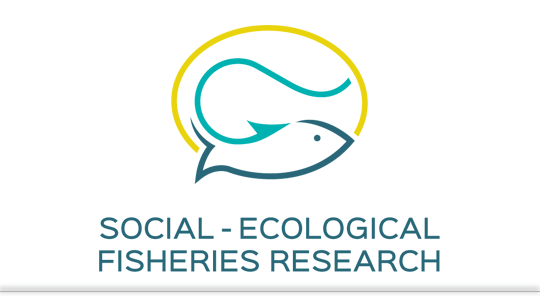Most freshwater fish populations are heavily exploited by recreational fishing. Intensive recreational fishing when lethal will reduce the biomass and size-structure of exploited populations (Lewin et al. 2006). However, even purely non-consumptive recreational fisheries, based on the practice of catch-and-release of all captured fish, can affect exploited populations via unintended hooking mortality (Arlinghaus et al. 2007) and through hook avoidance learning that reduces the reactivity of the fish to the angling gear (Arlinghaus et al. 2017a,b). Multiple studies have shown that the catchability and therefore the catch rates of angling-exploited fishes drop after heavy exposure to fishing (e.g., Beukema 1970; Kuparinen et al. 2010; Wegener et al. 2017; Lucas et al. 2023). Reduced catch rates due to hook avoidance learning have a double negative impact, firstly on catchdependent angler satisfaction and secondly on the ability of researchers to assess the state of fish stocks (Alós et al. 2019; Roser et al. 2024). Hook avoidance learning has been reported in standardized laboratory and pond experiments in temperature piscivorous fish such as pike (Esox lucius) (Beukema 1970; Lucas et al. 2023), and field experiments in previously unexploited piscivorous fish have similarly reported rapid declines in catch rates after the onset of fishing (van Poorten and Post 2005; Wegener et al. 2018; Roser et al. 2024). However, comparative studies like the one by van Poorten and Post (2005), which started to angle on stocks of trout that were previously unexploited, have the limitation of a fully controlled setting because the catch decline in previously unexploited lakes was compared to exploited systems that have experienced uncontrolled angling by the angling public. It is therefore unclear, how fast and how pervasive a possible catch drop in response to fishing pressure is in the wild. Similar concerns can be raised about studies that compared catch rates or reactivities of fish to angling gear in protected areas compared to areas outside that are open to fishing (e.g., Alós et al. 2015; Roser et al. 2014) because of the possibility of past fishing pressure exerting impacts on fish behaviour also in protected areas and because fished and unfished sites could be connected via dispersal of naïve fishes from protected sites to fished sites (Januchowsky-Hartley et al. 2013). To provide conclusive evidence in field settings, fully controlled experiments are needed to showcase the speed and severity of catch rate declines to non-consumptive recreational angling. In my internship I was involved in conducting such a unique study in a pair of small research lakes in north-eastern Germany.
Mid-evaluation Impact of recreational fishing pressure on the catchability of the piscivorous fish species pike (Esox Lucius) and perch (Perca fluviatilis) assessed via catch-per-unit-effort in an experimental lake fishery
Study

Published
: 2025
Appeared in
: Applied University Aeres Almere, Leibniz-Institut für Gewässerökologie und Binnenfischerei (IGB) Berlin
